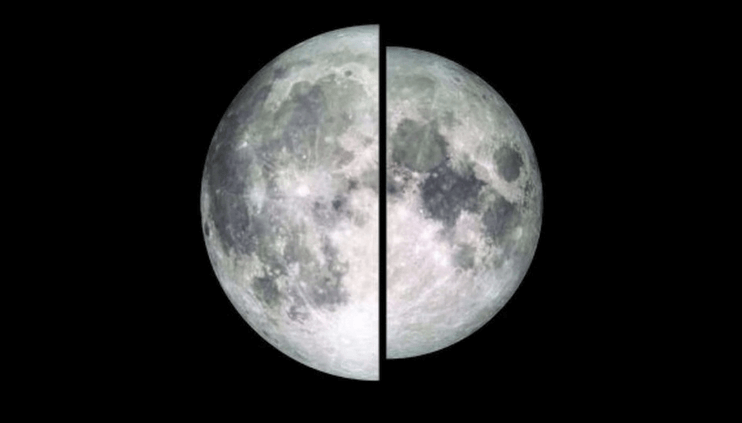Snow Moon to light up sky this weekend, being first super moon of 2020

This weekend the first of three super moons of the 2020s will grace the skies, moons that appear just a little larger than a regular full moon.
One of nature’s wonder, there was super moon last year in February the 19th day, and this year it is visible from 7 to 9 Feb around the world. In Pakistan, Snow Super moon will appear tonight at 8 pm.
This particular snow moon will hang in the sky Friday evening through Monday morning, though it will appear largest at 02.33 ET.
According to the experts, it is going to be one of the biggest moons of 2020 and will look especially large when rising and setting.
In a recent NASA Solar Blog System, Gordon Johnston explains, “The Moon will appear full for about three days centered around this time, from Friday evening to Monday morning, making this a full Moon weekend.”
In various cultures around the world, many names are given to February full moons, including the Storm Moon, Hunger Moon, the Chinese Lantern Festival Moon and the Full Moon of Tu B’Shevat.
The Snow Moon is the name given to the Full Moon in February, that is named after the snow on the ground.
The North American tribes had named it the Hunger Moon due to the scarce food sources and hard hunting conditions during mid-winter, while others named it the Storm Moon.

For those who like to observe the stars and planets on a clear night, it is the best time to observe the skies, according to NASA:
“On the evening of the Full Moon on Feb. 9, as evening twilight ends, the brightest of the planets, Venus, will appear in the west-southwest at about 27 degrees above the horizon. Other names for Venus when it is in the evening sky are the Evening Star and Hesperus.
The planet Mercury will appear to the lower left of Venus at about 6 degrees above the horizon. The bright star Capella will appear high to the northeast at about 72 degrees above the horizon, while Aldebaran and the other bright stars from the local arm of our home galaxy, including the constellation Orion, will appear spread out towards the southeast. The bright star Regulus will appear near the full Moon.”






